Electronic components are the fundamental building blocks of any electronic device, ranging from simple household appliances to complex machinery.
These electronic components are crucial for those needing electronic components to help manufacture various electric products for various industries.
In this article, we’ll delve into the five essential electronic components, exploring their functions, types, and applications.
Resistors:

What are resistors?
Resistors are passive electrical components that oppose the flow of electric current. They are commonly used to control the amount of current in a circuit, protect components from excessive current, and divide voltages.
Types of resistors
There are various types of resistors, including carbon film resistors, metal film resistors, and variable resistors (potentiometers). Each type has specific characteristics suitable for different applications.
Applications of resistors
Resistors find applications in almost every electronic circuit, from simple LED circuits to complex amplifiers and power supplies. They are used for voltage division, current limiting, and signal conditioning.
Capacitors:
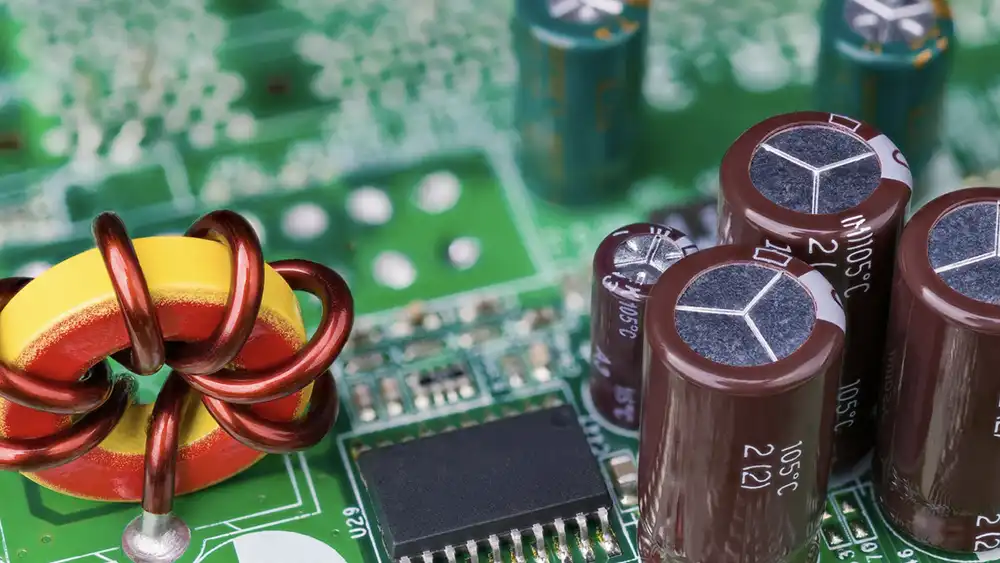
Understanding capacitors
Capacitors are passive electronic components that store and release electrical energy. They consist of two conductive plates separated by an insulating material (dielectric). Capacitors can store energy in the form of an electric field.
Different types of capacitors
Capacitors come in various types, such as ceramic capacitors, electrolytic capacitors, and tantalum capacitors. Each type has different capacitance values, voltage ratings, and temperature coefficients.
Capacitors in electronic circuits
Capacitors play essential roles in electronic circuits, including filtering noise, smoothing power supplies, and coupling signals between different stages of a circuit. They are also used in timing circuits and frequency tuning.
Diodes:
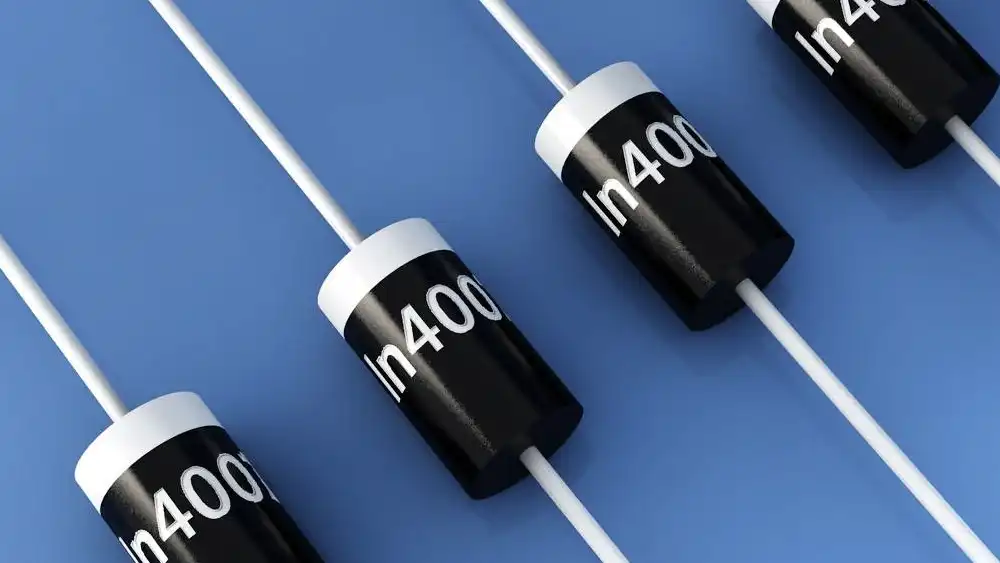
Introduction to diodes
Diodes are semiconductor devices that allow current to flow in one direction while blocking it in the opposite direction. They have two terminals: an anode (positive) and a cathode (negative).
Types of diodes
There are several types of diodes, including rectifier diodes, Zener diodes, light-emitting diodes (LEDs), and Schottky diodes. Each type has specific characteristics suited for different applications.
Applications of diodes
Diodes are used in various applications, such as rectification (converting AC to DC), voltage regulation, signal demodulation, and light generation in LEDs. They are essential components in power supplies, signal processing circuits, and optoelectronic devices.
Transistors:
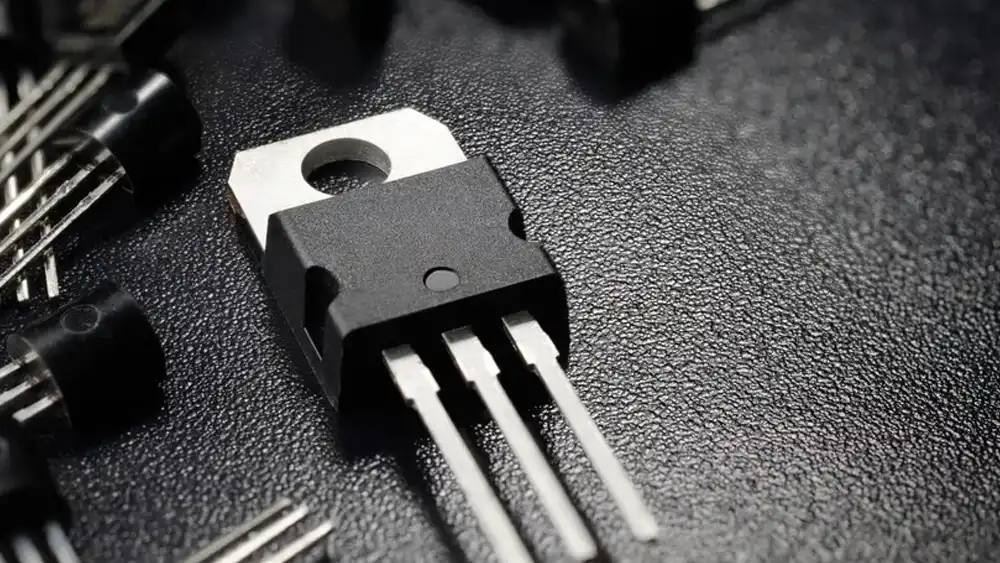
What are transistors?
Transistors are semiconductor devices that amplify or switch electronic signals and electrical power. They consist of three layers of semiconductor material: the emitter, the base, and the collector.
Types of transistors
Transistors come in two main types: bipolar junction transistors (BJTs) and field-effect transistors (FETs). Each type has different operating principles and applications.
Transistors in electronic devices
Transistors are ubiquitous in electronic devices, serving as amplifiers in audio systems, switches in digital circuits, and voltage regulators in power supplies. They are crucial components in computers, smartphones, and communication systems.
Inductors:
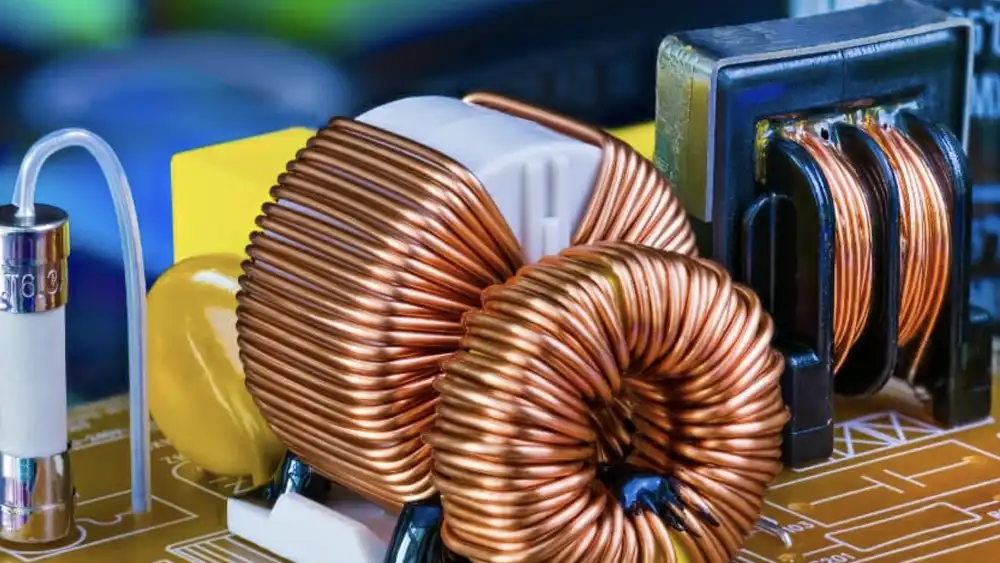
Introduction to inductors
Inductors are passive electronic components that store energy in a magnetic field when current flows through them. They typically consist of a coil of wire wound around a core material.
Types of inductors
Inductors come in various types, including air core inductors, ferrite core inductors, and toroidal inductors. Each type has different inductance values, saturation currents, and self-resonant frequencies.
Applications of inductors
Inductors are used in electronic circuits for energy storage, filtering, and impedance matching. They are commonly found in power supplies, filters, oscillators, and radio frequency (RF) circuits.
Integrated Circuits
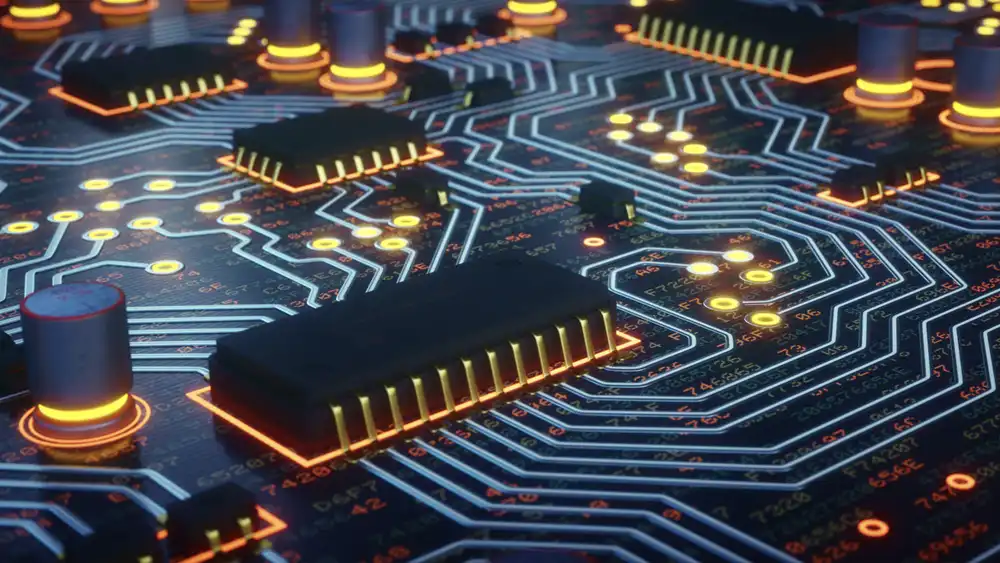
Overview of integrated circuits
Integrated circuits (ICs) are miniaturized electronic circuits consisting of interconnected semiconductor devices on a single chip. They can contain thousands to billions of components, including transistors, resistors, and capacitors.
Types of integrated circuits
Integrated circuits can be classified into several categories, such as analog ICs, digital ICs, and mixed-signal ICs. They can also be categorized based on their complexity, packaging, and fabrication technology.
Applications of integrated circuits
Integrated circuits are used in virtually all electronic devices, including computers, smartphones, automotive systems, and medical devices. They enable the functionality of modern electronics, providing computational power, memory storage, and communication capabilities.
Conclusion
Electronic components are the foundation of modern technology, enabling the creation of countless electronic devices that shape our daily lives.
Understanding the functions and applications of resistors, capacitors, diodes, transistors, inductors, and integrated circuits is essential for anyone interested in electronics. Whether you’re a beginner or an experienced enthusiast, mastering these fundamental components will empower you to explore and create innovative electronic designs.
FAQs on Electronic Components
1. What role do resistors play in electronic circuits?
Resistors control the flow of electric current, regulate voltage levels, and protect components from damage due to excessive current.
2. How do capacitors differ from batteries?
While both capacitors and batteries store electrical energy, capacitors can discharge their energy much faster than batteries but typically store less energy overall.
3. Can diodes be used to convert AC to DC?
Yes, diodes are commonly used in rectifier circuits to convert alternating current (AC) to direct current (DC) by allowing current to flow in only one direction.
4. What is the advantage of using field-effect transistors (FETs) over bipolar junction transistors (BJTs)?
FETs have higher input impedance, lower power consumption, and faster switching speeds compared to BJTs, making them suitable for many high-frequency and low-power applications.
5. How do inductors store energy?
Inductors store energy in a magnetic field generated by the flow of current through the coil. When the current changes, the magnetic field induces a voltage, allowing energy to be stored and released.